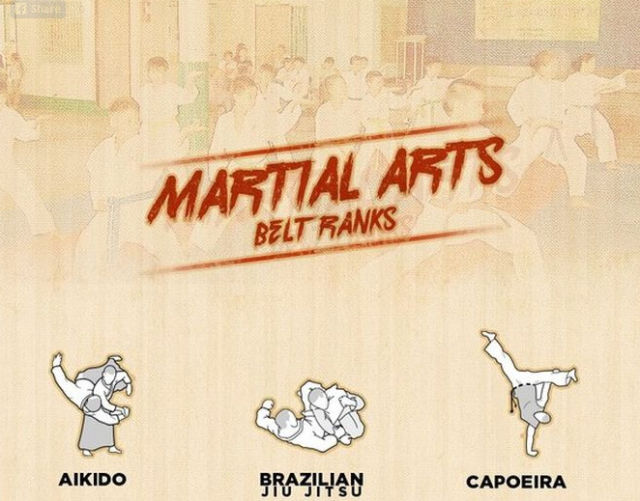Revealing The Selection Of Martial Arts Disciplines: A Guide From Martial Arts To Taekwondo
Revealing The Selection Of Martial Arts Disciplines: A Guide From Martial Arts To Taekwondo
Blog Article
Material Composed By-Becker Lemming
Are you tired of sensation bewildered by the vast globe of martial arts? With many styles to pick from, it can be simple to get shed in a sea of punches, kicks, and mystical names. However worry not!
This discussion will debunk the various fighting styles styles, taking you on a journey from the effective strikes of Karate to the dynamic kicks of Taekwondo. Prepare yourself to discover the origins, strategies, and approaches behind these old art types.
So, tighten your belt and prepare to start an enlightening exploration right into the captivating globe of fighting styles.
Beginnings of Martial Arts Styles
The origins of martial arts designs can be traced back to ancient worlds and their demand for self-defense and combat strategies. Throughout history, different societies established their own unique methods of fighting, each with its very own collection of techniques and viewpoints.
In China, for example, martial arts styles such as Martial art and Tai Chi were established as a way of protection and enhancing physical and mental well-being.
In Japan, the samurai warriors produced styles like Martial arts and Judo, concentrating on technique, accuracy, and mastery of the body.
In a similar way, in Korea, Taekwondo became a martial art stressing high kicks, rapid activities, and mental perseverance.
These early worlds laid the structure for the varied range of martial arts styles that exist today, each with its own abundant history and cultural importance.
Techniques and Educating Approaches
To grasp fighting styles designs, professionals must discover numerous strategies and training techniques.
Techniques are the specific movements and actions utilized in combat, such as strikes, kicks, tosses, and blocks. martial arts without bowing have their very own unique set of methods that practitioners must master via rigorous training.
Training approaches differ relying on the style, however they normally entail a combination of physical conditioning, drills, competing, and kinds.
Physical conditioning is vital to construct strength, versatility, and endurance. Drills assist practitioners fine-tune their strategies and boost their speed and accuracy.
Competing permits practitioners to practice their techniques in a managed, reasonable atmosphere. Forms, additionally referred to as kata, are ironclad series of motions that assist specialists establish muscle memory and focus.
Ideologies and Concepts
Checking out the ideologies and concepts of martial arts styles can give you with a much deeper understanding of your chosen self-control. Each fighting style has its own special ideology and collection of guiding principles that form the means it's exercised.
For example, Martial arts stresses discipline, respect, and self-constraint. It teaches experts to focus their body and minds, enabling them to protect themselves while preserving a feeling of internal peace.
On the other hand, Taekwondo puts a solid focus on rate, dexterity, and adaptability. Kids self-defense are rooted in the tenets of courtesy, honesty, perseverance, self-discipline, and unbeatable spirit.
Conclusion
Since you have actually explored the beginnings, techniques, and viewpoints of various martial arts styles, you have a much deeper understanding of these old disciplines.
Picture a young karate pupil, exercising with unwavering resolution and emphasis, appearing boards with an effective punch.
martial arts academy and stamina required to understand a fighting style, advising us that with self-control and perseverance, anything is feasible.
